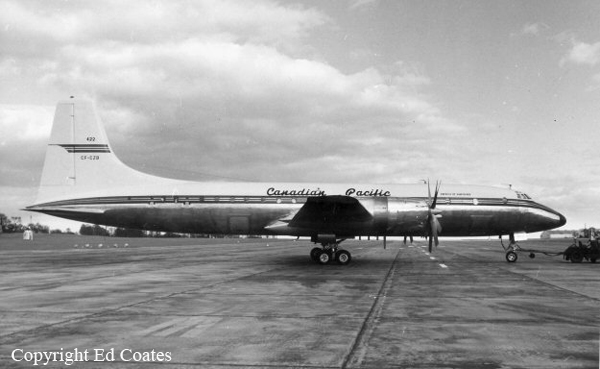Crash of a Howard Super Ventura off Chicago: 2 killed
Date & Time:
Aug 17, 1962 at 1654 LT
Registration:
N18A
Survivors:
No
Schedule:
Chicago - Chicago
MSN:
5271
YOM:
1943
Crew on board:
2
Crew fatalities:
Pax on board:
0
Pax fatalities:
Other fatalities:
Total fatalities:
2
Circumstances:
Shortly after takeoff from Chicago-Merrill C. Meigs Airport, while in initial climb, the airplane stalled and crashed into Michigan Lake. The aircraft was lost and both crew members were killed. They were performing a positioning flight to Chicago-Palwaukee Airport when the accident occurred.
Probable cause:
Loss of control during initial climb caused by an engine failure.










